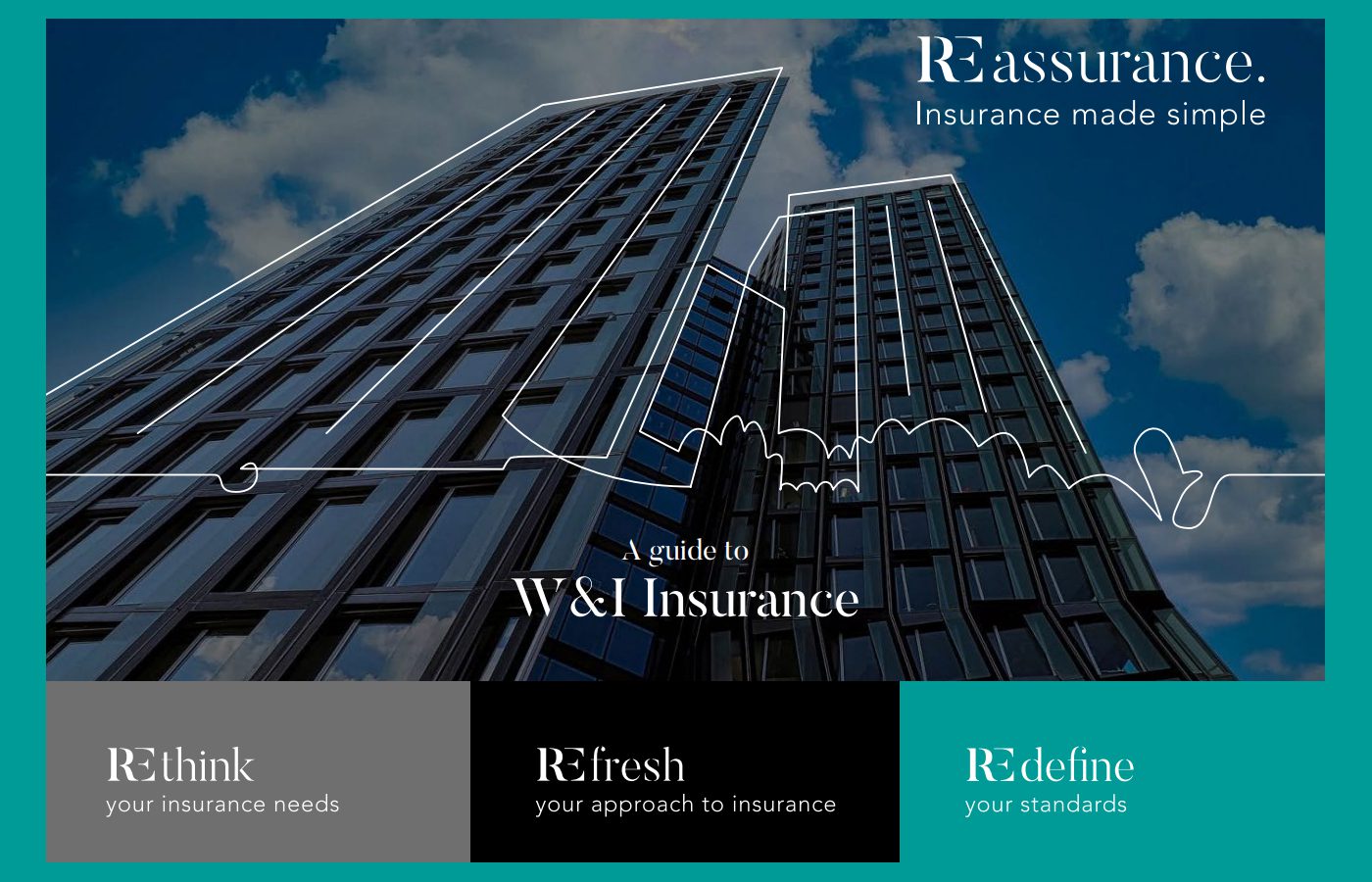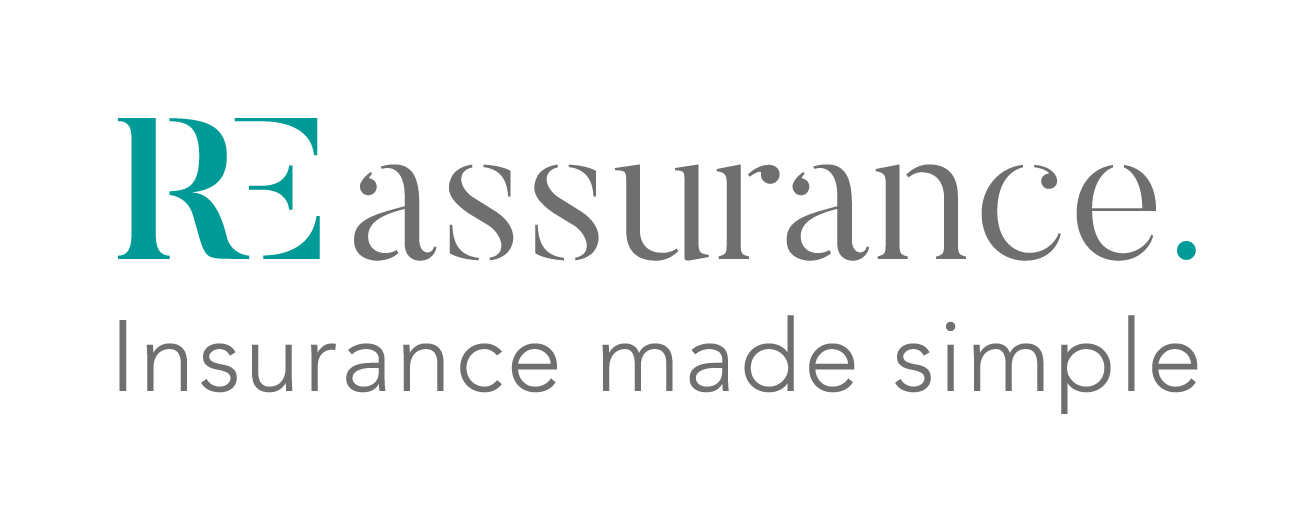
Throughout the CEE region there are many types of insurance that are frequently used in commercial M&A transactions that are considered to be transactional risk products. Insurance helps manage risk in transactions and can be as simple as overcoming a specific need or problem to transferring liability or the sophisticated structure of the deal between parties. Insurance provides clarity, simplicity and security.
In recent years the insurance market has grown and become more sophisticated. The rise of more specialist products for the M&A market means it can be a challenging landscape to navigate. There are more insurance companies and managing general agents offering insurance of different types. Increasingly, clients are turning to insurance brokers to find the right insurance for their transactions. An insurance broker has the market knowledge and relationships which can help the client to procure insurance.
At REassurance we are experts in finding insurance solutions for our clients. An unparalleled track record of understanding our clients’ needs within the demanding market, our team has many years of experience in finding solutions for managing risks relating to the sector. Our team has broad experience in real estate and tax in the CEE region, which helps to facilitate the transaction process for the clients.
This guide is our introduction to explain the key concepts and benefits of tax insurance. If you have any questions or would like to know how insurance can help, please contact one of our experts
Product Information
Warranty & Indemnity (W&I) Insurance (also known as Representations & Warranties Insurance) is a tailored insurance product to cover losses arising from breaches of warranties given by sellers in the context of M&A acquisitions. It is seen as an alternative to the traditional indemnification set up in M&A transactions and can be called a tool to transfer liability from the seller to the insurer.
The last few years has seen a growth in the use and sophistication of W&I insurance within the CEE region, which is now commonly used by the clients. Increasingly, it is being used as a deal accelerator and risk management tool in commercial M&A transactions.
We believe that W&I insurance will be a staple part of investment transactions in the region, as parties see how this insurance facilitates transactions. Further, as more insurance options become available in the CEE region this will make using this insurance more cost effective.
Cover
The policy, whether seller-side or buyer-side, will indemnify the insured for loss resulting from a breach of warranty or tax deed/covenant in a Sale and Purchase Agreement (SPA). A seller-side policy covers the seller for its own innocent misrepresentations. A buyer-side policy covers the buyer against the seller’s misrepresentations (innocent or otherwise). The buyer claims directly against the insurance policy and does not have to seek recourse against the seller.
Policy Period
The policy term can run from signing of the deal for the full survival periods of the warranties and indemnities in the SPA. The period for a buy – side policy can extend the limitations prescribed in the SPA to meet the buyer’s needs. Typically, the cover is granted for 36 months for general warranties and 84 months for fundamental and tax warranties.
Retention
The insurer and insured will agree on the ‘retention’ (also known as an excess), which is the uninsured amount of the loss to be borne by the insured. This is generally set at 1% of the value of the transaction, but may be higher depending on the deal to reduce premium costs. In real estate commercial transactions the retention is 0.
Exclusions
Although cover is tailored in each case to match the warranties specific to the transaction, some issues will be excluded on all policies. These will include matters set out in the disclosure letter or due diligence, pension under-funding and, on a seller-side policy, fraud by the seller, issues actually known or physical
defects of the buildings.
Costs
Premium will range from 0.7% – 1.5%* in CEE. In addition, an underwriting fee of approx. EUR 15,000 – 25,000 for underwriting work will be charged. Depending on jurisdiction there may be Insurance Premium Tax (IPT) payable. IPT in Poland is currently NIL.
Timing
Pricing terms and initial non-binding quotations can often be obtained within 48 hours and policies put in place within 15 days if necessary.
Case Studies
Real estate transaction: securing the warranties given by the selling company, as the company was being liquidated right after closing of the transaction.
M&A transaction: maximising the sale price by offering full warranty protection under W&I insurance.
• Avoid long negotiations around limitations of liability and security;
• W&I policies are issued by an insurance company which has greater substance and permanence than an SPV with limited covenant strength;
• Insurance companies have claims handling departments and typically payment of a claim is more straightforward when an insurance company is involved;
• The ability to make a claim against the seller without damaging any relationship;
• Removing the risk that a seller will not be able to pay for any claim should it arise;
• Mitigates risk of seller fraud;
• Mitigates risk of split signing and closing;
• Ensuring that warranties have real value even if the seller is unable to pay a warranty claim which arises sometime in the future;
• Extending the duration of warranties, affording buyers additional time to detect and report problems that may exist with the acquired business;
• W&I policies can be combined with title policies to provide better cover at the best price;
• In the context of a bid or auction, using W&I policy can make a buyer’s bid more attractive;
• Increasing availability of insurance means buyers who shop around can benefit from a lower premium.
• Avoid long negotiations around limitations of liability and security;
• Avoid lengthy escrow arrangements;
• Can enable a transaction to proceed which would otherwise falter;
• W&I policy will provide security for warranties given in the SPA;
• Can replace indemnities;
• Protects sellers proceeds against price reductions;
• Offering a clean exit and the opportunity for sale proceeds to be distributed immediately on
completion and removing the requirement for retention of sale proceeds;
• No liability of the seller for the cost of a successful warranty claim;
• Maximising the sale price by offering full warranty protection;
• Reduce the risk of contingent liabilities arising from future claims allowing sellers to exit a business cleanly;
• Protect passive sellers who have not controlled or been actively involved in the management of the target business from unintentional non-disclosure or breaches of the SPA.













